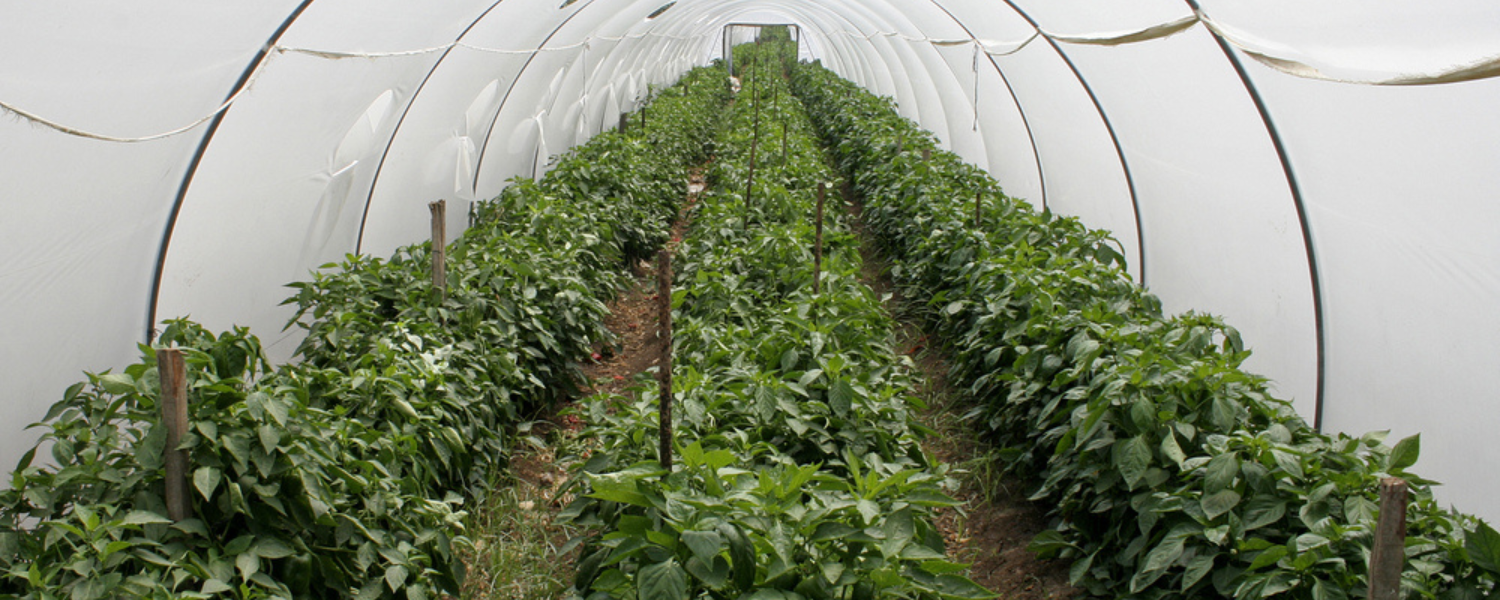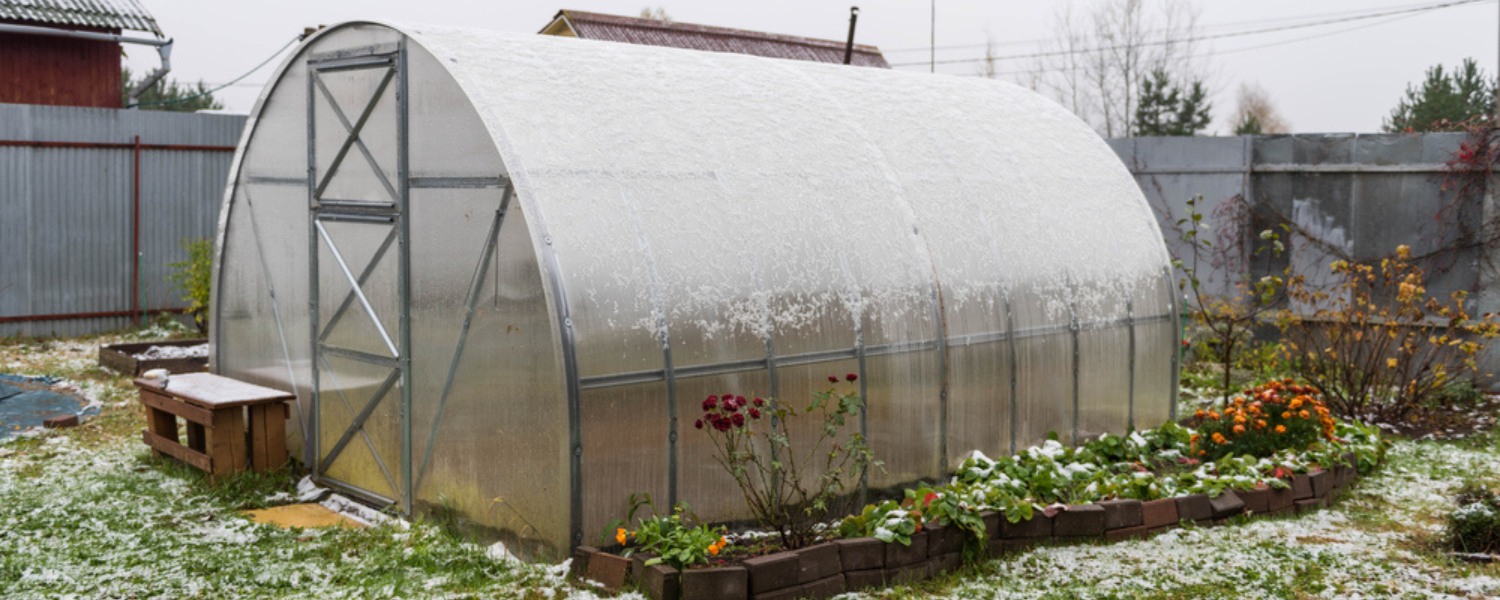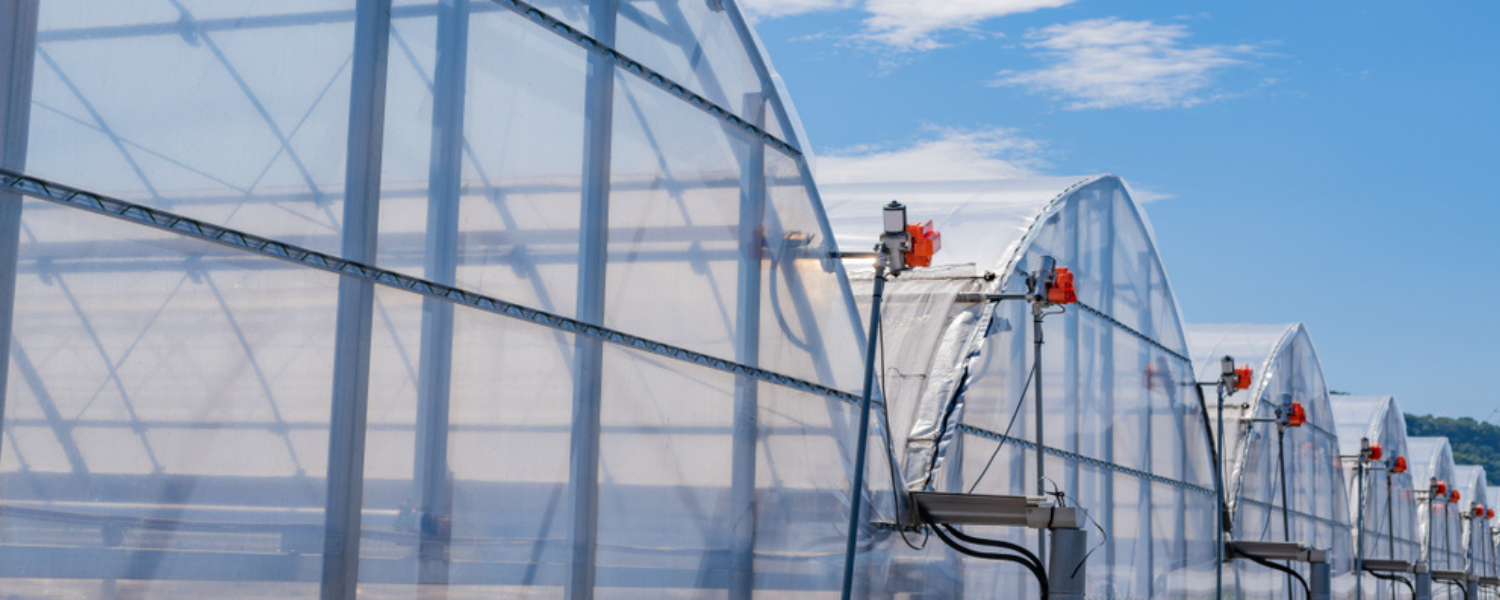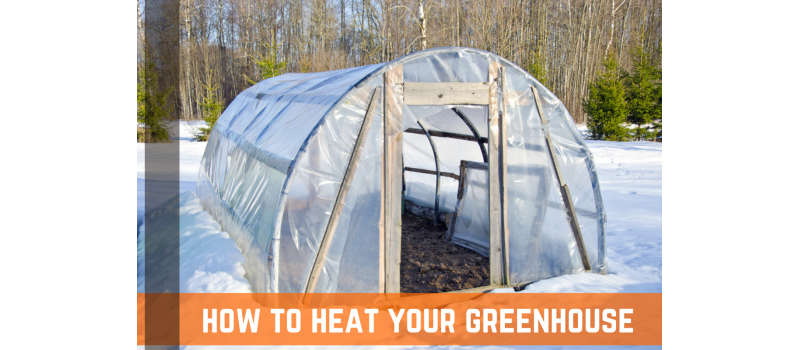You may be concerned about your greenhouse's heat as the colder months approach. Will it be able to resist the frosts long enough for your crops to continue to grow?
Naturally, depending on where you live, you may or may not need to heat your greenhouse this winter. It also depends on what you are cultivating. It will also be influenced by the caliber of your greenhouse to a certain extent.
Some greenhouses, whether purchased or homemade, are unquestionably superior to others. If you live in a region with a colder climate, you might need to consider heating your greenhouse, whether it is made of glass or plastic.
Some heating may be required in areas where winter temperatures regularly fall well below freezing in order to allow for year-round food production.
How would you go about heating your greenhouse, then, if you thought you might need to? This article will look at different methods for heating your greenhouse in the winter.

How Warm Should A Greenhouse Be?
Of course, you must also be aware of the ideal temperature for a greenhouse in addition to how to heat one.
Well, many tender plants can survive at a minimum temperature of 37F. If they become wet, it may still pose risks. Therefore, for greater mental calm, aim for 45°F or 50°F.
Remember that there can be a greenhouse that is too hot. In order to protect plants from harm, you should take precautions to ventilate the area and provide shade when the temperature is above 90°F (32°C).
You can make sure you can adjust the temperatures if necessary by checking the temperature in your greenhouse every day. Thermostats built into heating systems can simplify this.
Heating Options For Your Greenhouse
Hotbeds
A hotbed is essentially a raised bed that has been covered in layers of decomposing straw, manure, or other organic matter, with a thin layer of growing medium (soil or compost) on top that can be used to plant seeds or grow plants. The raised bed is essentially a compost heap that has been covered with soil or compost.
A hotbed is constructed out of organic materials, just like any other compost heap. The ideal mixture would include both carbon and nitrogen rich materials.
A hotbed is typically stuffed with straw and horse manure. These beds were common in greenhouses built in the Victorian and early 19th centuries. You don't have to use straw and horse manure, though. It is possible to produce heat using a variety of different compostable materials.
Hotbeds radiate heat downward. As the materials in the hotbed decompose, heat is released. A hotbed can be a less expensive option for winter heating by offering a source of gentle, natural heat.
It's time to cover the top of your hotbed with a mixture of soil and compost after adding your compostable materials. A 1:1 mix is ideal. The compost should ideally be made at home.
But make sure to find and purchase a peat-free variety if you don't already have your own compost. It is detrimental to the environment to use peat compost.
The ideal temperature should be around 75 degrees F, so the ratio of heat-producing material to growing medium should be 3:1. As a result, the depth of your soil and compost growing medium should be between 20 and 30 cm.
In your greenhouse, cover your hotbeds with cloches or row covers so that plants can stay toasty and warm even in the coldest climates.

Hot Water Heating
Installing a hot water pipe heating system beneath your greenhouse beds is another way to provide soft heat from below. In opulent greenhouses from the 19th century, hot water heating systems were also typical. But back then, coal boilers were typically used to heat the water.
Today, there are thankfully a few more eco-friendly options to take into account when heating the water for such a system.
Building or purchasing solar water heating panels is the first option. These aren't solar panels for making electricity; rather, they're structures that let the sun heat water.
Another interesting idea to take into consideration is coiling pipes inside a composting system if you want to heat water in a simpler, more low-tech manner. The decomposing materials in any compost heap (like in the hotbed mentioned above) produce heat.
To further transfer heat and maintain higher soil temperatures than would otherwise be the case, run water pipes through a compost heap before bringing them into your polytunnel.
Renewable Electricity Heating
Utilizing renewable energy is a somewhat more traditional method of heating your polytunnel in a sustainable manner. Typically, this entails installing solar panels to harness solar energy.
The small amounts of electricity required to power fans or pumps for the systems mentioned above can be produced by solar panels. Or, of course, to power effective heaters for greenhouses.
In general, heating the soil beneath plants is preferable to heating the entire greenhouse. So before considering space heating options, think about piping underground heating.

Infrared Heaters
Another option for greenhouses is the use of infrared heaters that are electrically powered, especially when growing bedding plants. Similar to how sunlight transfers heat to nearby objects through radiation, infrared rays do the same for furniture like benches and plants.
They don't create drafts like forced-air convection heating does, but instead evenly distribute heat. Infrared heater-equipped greenhouses frequently feel cold because the air isn't heated. These systems can be more economical because they heat plants, not the surrounding air.
However, they might not be able to maintain the low temperatures needed for tender plants at night. To provide even heating in large greenhouses, multiple heaters should be spaced apart.
Gas Heaters
Although gas heaters are typically the least expensive option, there are some potential risks. Because they release ethylene gas, sulfur dioxide, and carbon monoxide that can cause bud-drop, open-flame gas heaters pose a safety risk.
These heaters increase condensation and water drips in the greenhouse, but they also generate carbon dioxide, which is essential for plant growth.
A thermostat can control portable gas heaters to maintain a dependable, constant temperature in the greenhouse. However, a lot of open-flame heaters have oxygen sensors that will shut the appliance off when the oxygen supply is low.
Plants may freeze if their lights are left off over night. An opening in the greenhouse is necessary for gas heaters with flues to exhaust gases. Natural gas heaters can connect to the gas line in your house.

Keep It Insulated
Whether you've chosen one of the best mini greenhouses or a larger design, minimizing heat loss is one of the best ways to keep it warm, whether or not you're using an additional heat source.
It is important to look for and seal any cracks along windows and doors. Make sure you can still open them to let air in.
Then, to keep the cold out, you can line your greenhouse with horticultural bubble wrap. Clean the glass thoroughly before using it, and choose a variety with large bubbles so that plenty of light can still pass through.
Remember that some crops will suffer from less light; for example, we advise against using insulation around more hardy winter lettuces and alpines. Your delicate plants and seedlings will fare better if you cover them with a layer of horticultural fleece on very cold nights.
Review: How To Heat A Greenhouse
These are excellent strategies for heating your greenhouse without incurring significant costs. Use one of them or combine them all.
Simple ways to add a little heat during those chilly winter days include planting cold-tolerant plants, starting a compost pile. Finding out precisely how many heat sources your greenhouse needs to keep your plants healthy will require some trial and error.
Keep thorough records, regularly check the soil and air temperatures in your greenhouse, and monitor the health of your plants to gauge your progress.

